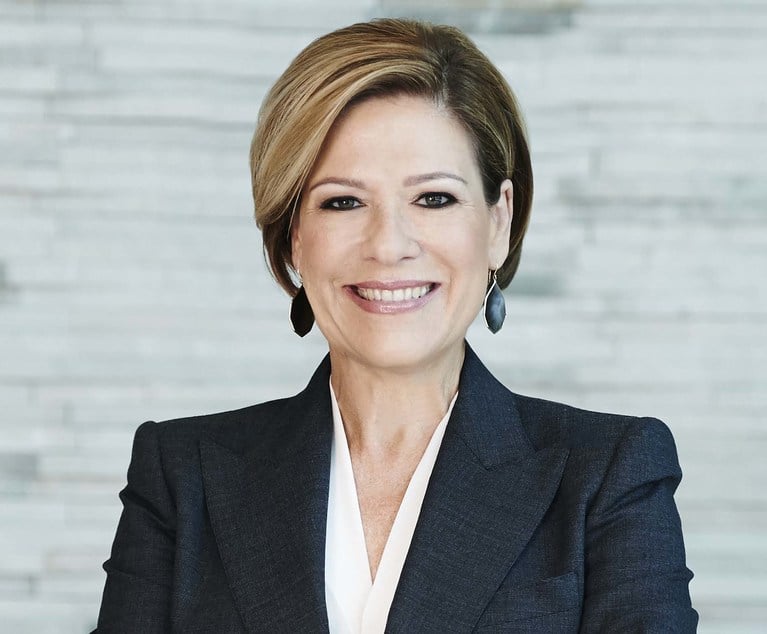
For the short-term, a full-employment economy juiced by tax cuts will continue to buttress real estate markets just as rising interest rates have stalled cap rate compression. That means investors must rely more on cashflows or make riskier plays. Institutional core investments have reverted to the mean—returns will be income based without much if any appreciation for the next year or two at least. And that's the upside. Yield hungry investors make ever deeper investment inroads into always dicey secondary markets—a tip off that the market cycle approaches an overripe stage.
Among property sectors retail remains redline territory. B and C shopping centers look increasingly less reliable as retailers of every stripe close more stores, and all this is happening at a time of solid economic growth. What will happen in recession? Nothing good. And now Amazon-Walmart-Trader Joes-Peapod food shopping takes an obvious toll on traditional grocery store chains—even bread and butter grocery-anchored retail centers are not so dependable anymore. The urban high street retail phenomenon, meanwhile, flamed out especially quickly. “For Lease” signs proliferate on high fashion strips at an economic peak. Yikes, retail owners…
But industrial properties will continue to benefit from direct e-tailer to consumer logistics chains, which cut out bricks and mortar shopping. The warehouse-distribution sector is boring, but out delivers cycle after cycle… And apartments (always) look good. Lack of new housing and rising existing home prices help keep demand high for multifamily, except at the high end where all the new development concentrates, especially in gateway markets now with oversupplies of new upscale rental apartment towers and condos. Miami is cruising for another bruising. It seems to happen there every decade or so. Euro and Latin American buyers fuel that market and should prepare to take a licking.
Instead of luxury high rises, major cities desperately need more workforce and affordable housing. And workforce housing funds are a new niche, value-add yield play where investors look to gain by increasing rents on older properties given supply constraints and take advantage of the high demand from middle-income folks looking to live close to in-city jobs. But it's an old story–developers balk at building anything new, because they cannot make enough profit given land costs and rising construction expenses, including upward cost pressures from labor shortages. By the way, immigration constraints are not helping swell the construction worker ranks, which inflates labor costs. Government subsidies remain necessary, but insufficient to create remotely enough new affordable housing space, and federal housing cutbacks mean the existing government-supported housing stock will continue to deteriorate. It has aged poorly and requires mega buck makeovers not in the federal budget.
Office appropriately takes an investment back seat to multifamily and industrial. New towers with sustainable features and flexible layouts draw top tenants out of older, formerly Class A buildings, which require expensive rehabs to stay competitive. These capital layouts can be daunting, but either owners pay up or risk obsolescence—think 666 Fifth Avenue. Tenants continue to squeeze space requirements and more people work from home at least part of the time. Rents have peaked in top urban markets and the suburban office scene hasn't really recovered.
The popularity of data centers—suddenly they are their own sector—also signals that investors are grasping to increase returns in unfamiliar and potentially risky territory just as that industry consolidates among bigger players. Be careful. At the end stage of the last cycle it was student housing and then medical office that made for niche plays. Now it's self-storage that draws more attention as investors scrounge to put out money and find better upside, using proceeds from top of market sales in other sectors. It's tough to make investments—”No kidding,” says a portfolio manager.
After a decade of ultra-low interest rates, let's see how far tax cut stimulus will take us. It's like putting a piece of ripe fruit (with a brown spot or two) in the refrigerator and hoping it lasts a while longer.
The views expressed here are the author's own and not that of ALM.
© Touchpoint Markets, All Rights Reserved. Request academic re-use from www.copyright.com. All other uses, submit a request to [email protected]. For more inforrmation visit Asset & Logo Licensing.







